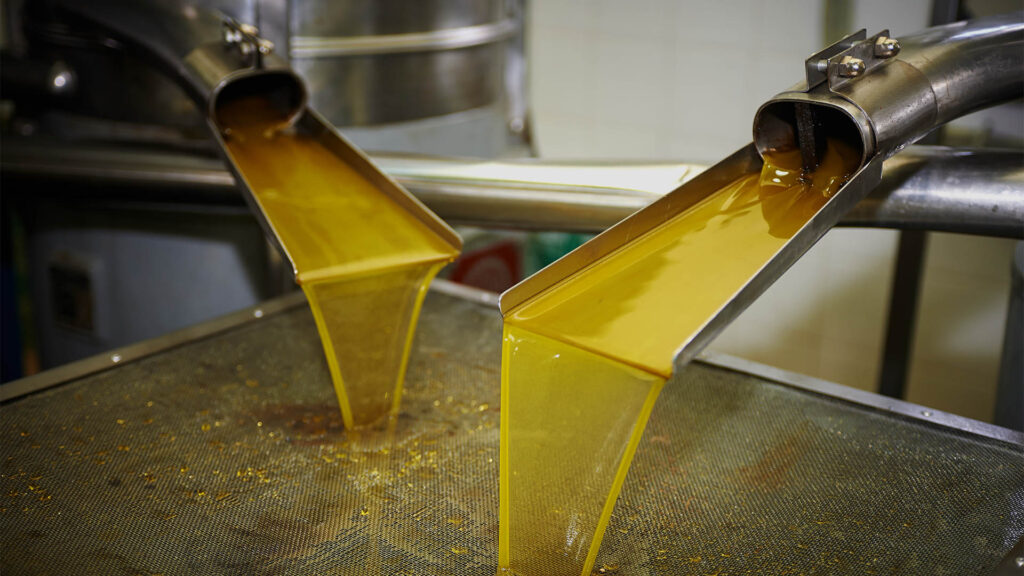US bank Goldman Sachs has issued a warning to its clients that oil prices could reach above $100 per barrel next year if Russia and Saudi Arabia maintain their aggressive supply cuts, which were recently extended for another four months. Brent crude has already exceeded $90 a barrel following these cut extensions, marking a 4% increase in the past five days and a more than 20% rise over the past three months.
The surge in crude prices in the US, Australia, Europe, and the UK has reignited concerns about inflation. Notably, key energy commodities such as thermal and coking coal, as well as LNG, have seen price increases this week due to various factors, including higher demand from China.
If oil prices continue to rise, it could trigger a ripple effect on the prices of other energy commodities, reminiscent of the aftermath of Russia’s invasion of Ukraine in late February 2022. This scenario could impede efforts to control inflation and potentially push interest rates higher.
Goldman Sachs had already factored in the possibility of elevated oil prices even before Russia and Saudi Arabia’s recent announcements. These developments have raised concerns, with Goldman Sachs identifying two bullish risks to its previous predictions.
First, the bank expects Saudi oil supply to be 500,000 barrels per day lower than initially anticipated, potentially adding $2 to the per-barrel oil price. Secondly, Goldman Sachs warns that assumptions about oil production could prove incorrect if OPEC+ continues to extend production cuts. The bank had previously forecast that OPEC+ countries would bring back half of the 1.7 million barrel per day cut in January.
Now, there is a growing possibility of an even longer extension, with Goldman Sachs envisioning a scenario where oil prices could reach $107 per barrel in December next year.
While higher oil prices could benefit Saudi Arabia and fund Russia’s war in Ukraine, they could also encourage more investment in clean energy. However, there is a downside risk that prices above $90 a barrel might prompt American shale producers to increase investment, potentially affecting petrol demand.
Additionally, the global rise in electric vehicle sales is expected to impact petrol demand, starting late next year and particularly in China. Chevron, one of the largest US oil majors and a significant shale producer, has announced plans to increase capital expenditures in the Permian basin by 25% in 2024, despite a more modest rig count plan for the largest American fracking basin.
Chevron aims to achieve record output and cash flow from the Permian basin while lowering costs to facilitate shareholder dividends through share buybacks. Chevron’s capital expenditures in the Permian are expected to reach approximately $5 billion next year, up from about $4 billion in 2022. The company targets 1 million barrels of oil equivalent per day (boepd) in 2025, up from 772,000 boepd in the June quarter.
Nevertheless, Chevron anticipates operating 13 to 14 company-operated rigs in the Permian in 2024, which is higher than in 2022 but fewer than initially expected. This shift reflects the adjustments made by US energy firms in response to fluctuating oil and natural gas prices.
In May, Chevron raised its total annual capital expenditure guidance by $1 billion, with plans to invest in increasing US output, capitalizing on the prices currently supported by Russia and Saudi Arabia.

